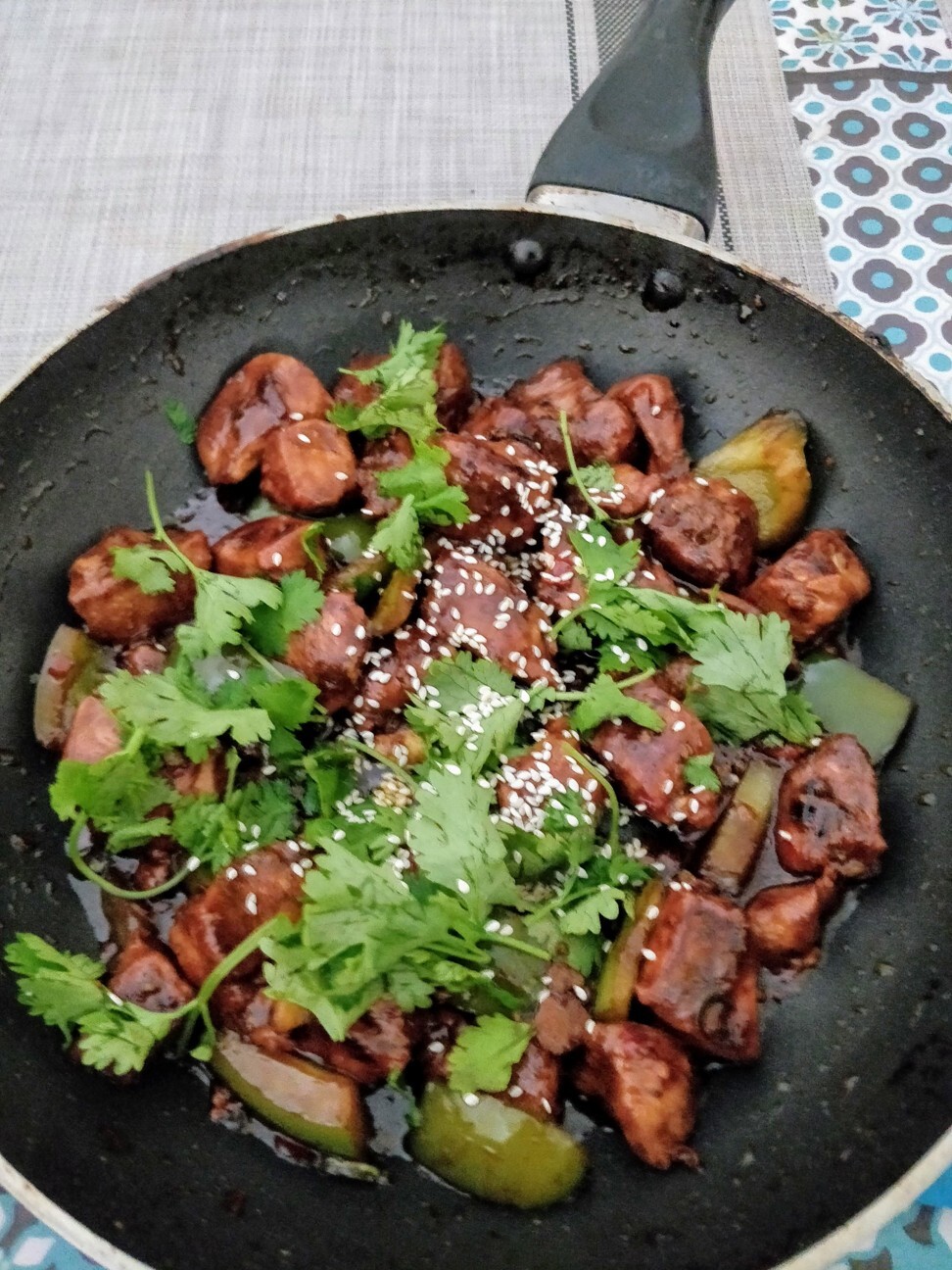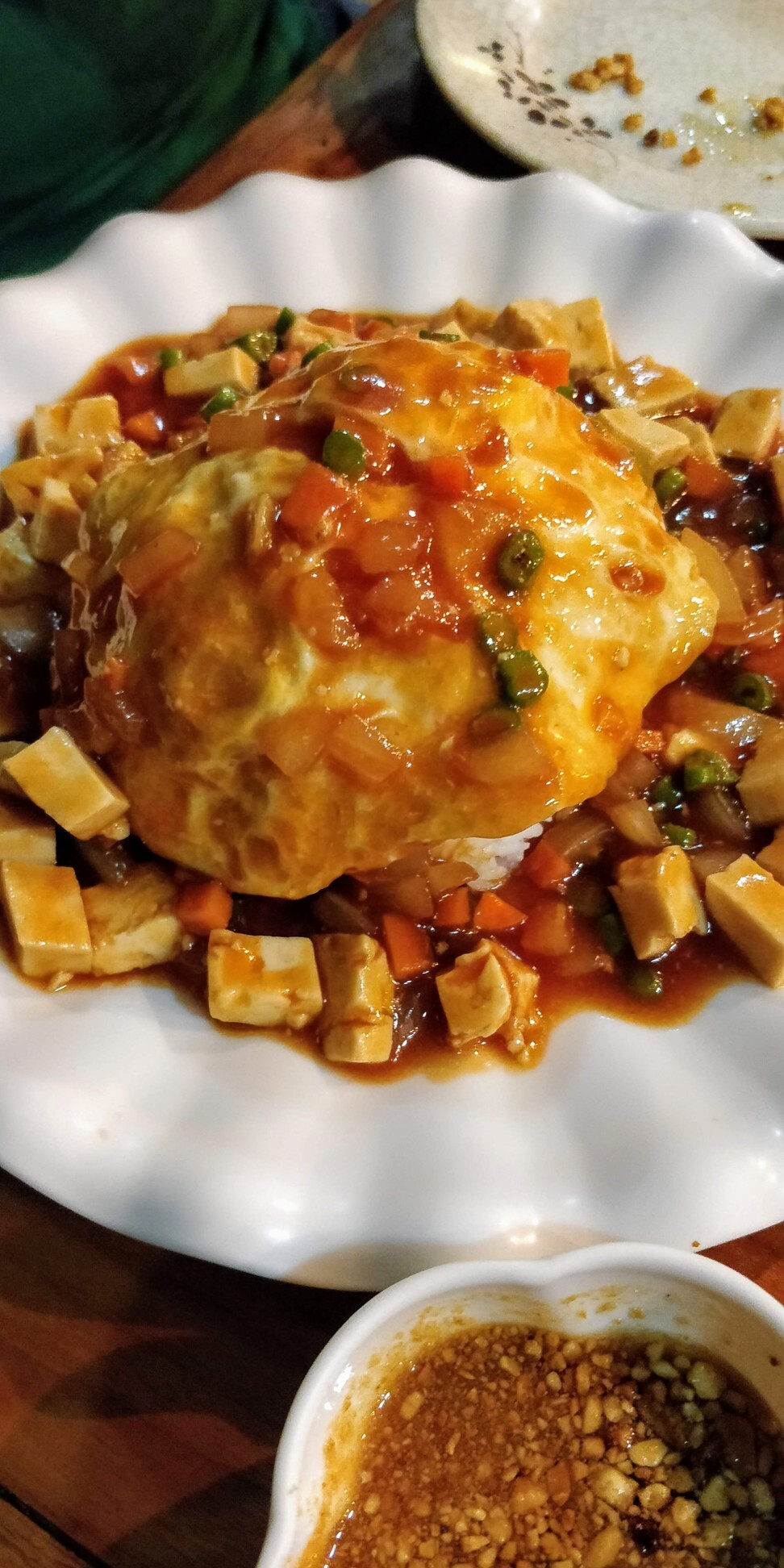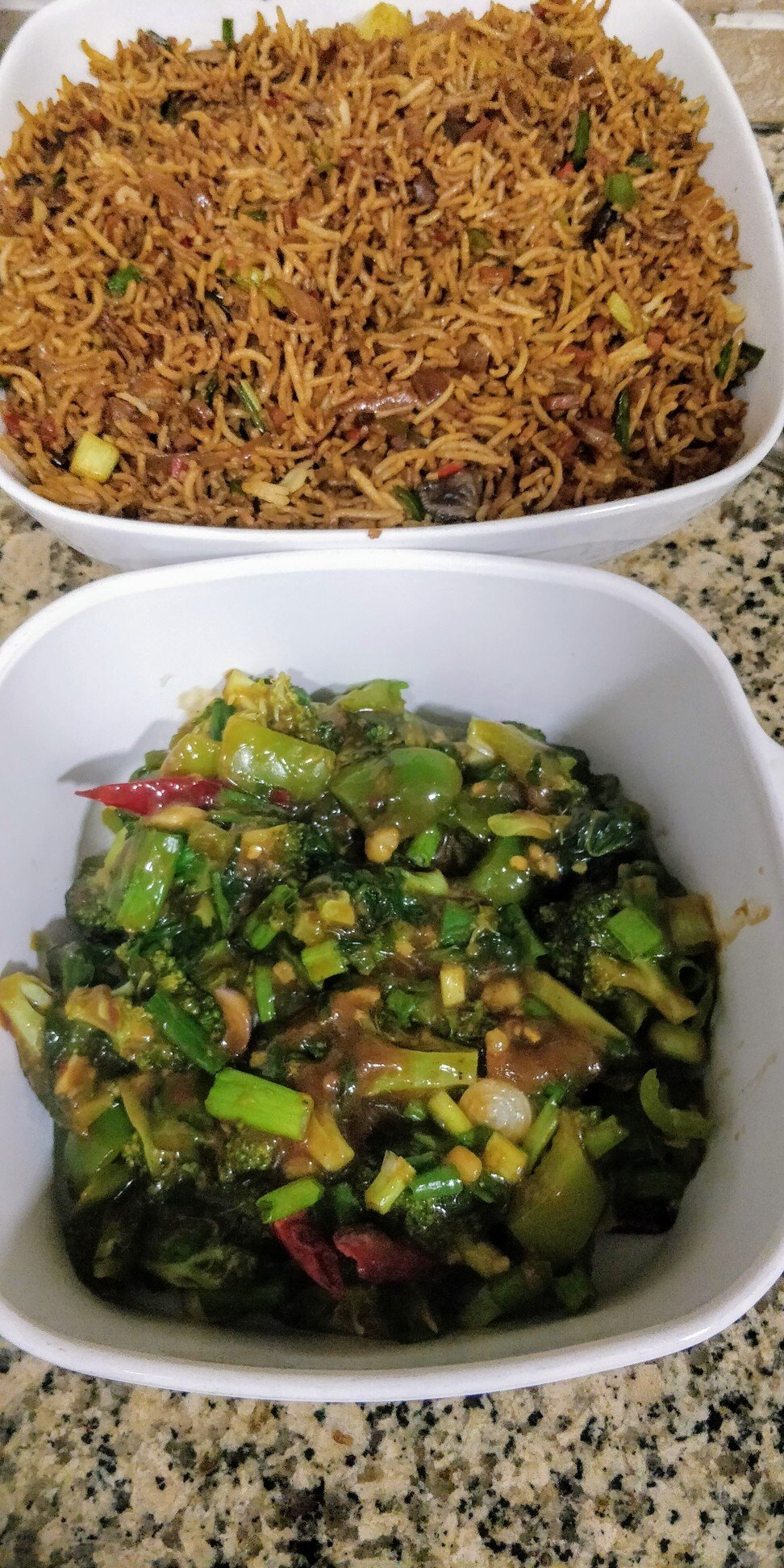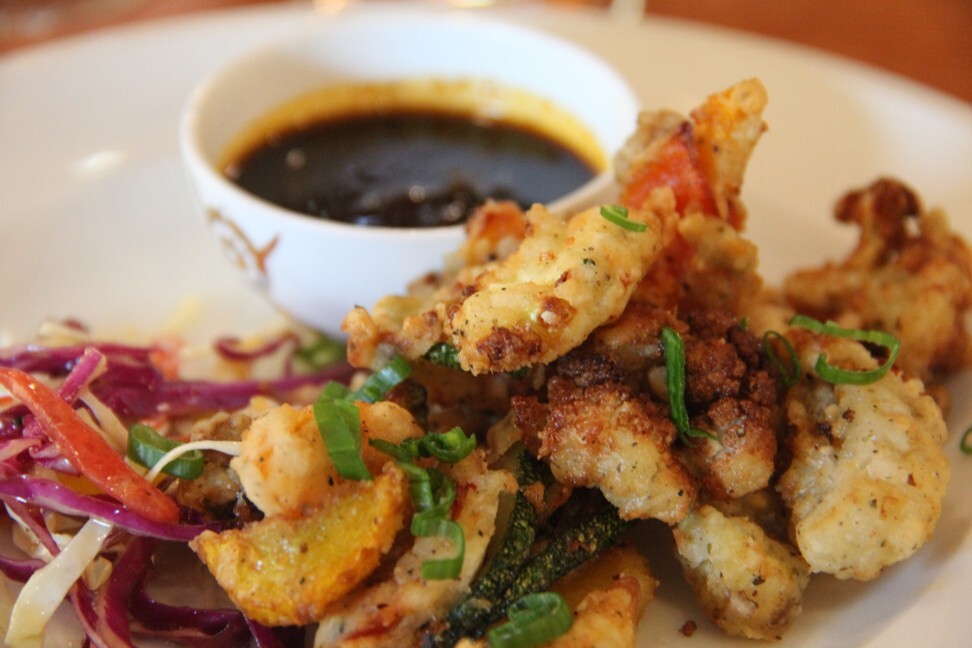
Indian-Chinese food: why Indians can’t get enough of this spicy, chilli-laden fusion cuisine – at home or abroad
- ‘Chindian’ food is said to be the most popular ‘foreign’ cuisine in India but bears little resemblance to dishes eaten in mainland China
- A politician’s call to boycott Chinese food following the recent India-China border dispute was met with much laughter online, such is its popularity
If you thought fusion food was not for you, you have probably not tried Indian-Chinese, or Chindian, as it is fondly called.
Growing up in Chennai in South India in the late 1970s, my favourite memories of dining out were meals at O’Papa’s, a small Chinese restaurant in the heart of the city. It had gaudy red interiors and served a piquant mix of Chinese and Indian flavours, with dishes such as spicy gobi manchurian, or vegetable fried rice and sweetcorn vegetable soup.

Indian-Chinese is said to be the most popular “foreign” cuisine in this country of 1.3 billion people. Like many great culinary traditions, this started with migration and adaptation. In 1778, the first recorded Chinese person came to live in India: Yang Tai Chow (aka Tong Achew), a Chinese trader, arrived in Kolkata in India’s east in 1778 and set up a sugar mill. He soon brought many of his countrymen – Hakka Chinese – to work at the mill that had been granted rights by the British.
“At one time there were over 20,000 Chinese in Kolkata with a flourishing China Town – dentists, shoemakers, silk traders and [ones] running restaurants,” explains food blogger Indrajit Lahiri. They also set up leather tanneries in Tangra, Kolkata’s second China Town.
Since they missed their food, they opened small places to serve it to other immigrants. These mushroomed into restaurants that gradually fused Indian and Chinese cooking styles, upping the salt and spices to suit the Indian palate.

One of the Kolkata’s most legendary Chinese restaurants, Nanking, opened in Tiretta Bazar, the city’s Chinese neighbourhood, in 1924. It was frequented by the city’s rich and famous. Other Chinese restaurants were quick to follow, in Mumbai and Kolkata. But during the Sino-Indian War of 1962 and associated anti-Chinese sentiment, many Chinese people left the country, were deported, or sent to prison camps, and Nanking closed in the 1970s.
Today, Kolkata’s oldest surviving family-run Chinese restaurant is Eau Chew, which opened in the 1920s. It is now run by Joel Huang, whose great grandparents came to India in the early 20th century and set up a small lunch house for Chinese immigrants.
“We still try to serve authentic Chinese food,” Huang says, adding that they have a number of loyal diners. Most other people prefer the Indianised version served in new restaurants.


Chindian food, with its chilli-laden gravies and dishes that can be flavoured with the usual Indian palette of spices, bears little resemblance to the Chinese food eaten in mainland China. Instead of tofu, for example, local cottage cheese called paneer is used.
Chef Payal Rajankar, who runs the Gourmet Gig in Chennai, says that Indian-Chinese is popular because it’s the perfect mix of carbs – rice and noodles – that the Indians love, along with vegetables and meat. “The high-pressure cooking in a wok and the smoky taste of Chinese food, as cooked in India, is addictive,” she says.

Neelabh Sahay, executive chef at Novotel Kolkata Hotel and Residences, says that iconic Indian-Chinese dishes like chilli chicken with green capsicum and onions cannot be found anywhere in China.
“Indian-Chinese food uses locally grown vegetables, like okra and potato, red chilli paste, garlic and ginger, and generous portions of soy sauce. To suit the Indian palate the sauces are fattier, a lot of snacks are deep fried and very often fried cashew nuts are added to give it a rich taste,” he says.

One of the most iconic dishes on an Indian-Chinese menu is chicken manchurian, and its vegetarian counterpart gobi (cauliflower) manchurian. This dish of diced chicken in a thick sauce was created in the 1970s by Mumbai resident Nelson Wang, son of Chinese immigrants from Kolkata, who is famous for starting the China Garden restaurant. He experimented by mixing ginger, garlic and green chillies with soy sauce and adding cornflour to thicken the gravy. Wang elevated Indian-Chinese to fine dining, with Mumbai high society flocking to his restaurant.
Today, many Chinese restaurants across the country are owned by Indians, with Indian chefs. Indian-Chinese food is also popular with Indians living abroad, known as Desi.


In the wake of recent anti-China protests resulting from the border dispute, Indian politician Ramdas Athawale called for a ban on Chinese food and restaurants and a boycott of Chinese goods. Social media was immediately flooded with jokes and memes, and on Twitter, hash tags like gobi manchurian trended; one meme said humorously that “the so-called Chinese food you get in India is the actual revenge on China”.
Whatever the political tangles may be, this home-grown cuisine is likely to stay close to Indian hearts.

